
Aethir price

Disclaimer
OKX does not provide investment or asset recommendations. You should carefully consider whether trading or holding digital assets is suitable for you in light of your financial condition. Please consult your legal/tax/investment professional for questions about your specific circumstances. For further details, please refer to our Terms of Use and Risk Warning. By using the third-party website ("TPW"), you accept that any use of the TPW will be subject to and governed by the terms of the TPW. Unless expressly stated in writing, OKX and its affiliates (“OKX”) are not in any way associated with the owner or operator of the TPW. You agree that OKX is not responsible or liable for any loss, damage and any other consequences arising from your use of the TPW. Please be aware that using a TPW may result in a loss or diminution of your assets. Product may not be available in all jurisdictions.
Aethir market info
Market cap = Circulating supply × Last price

Aethir Feed
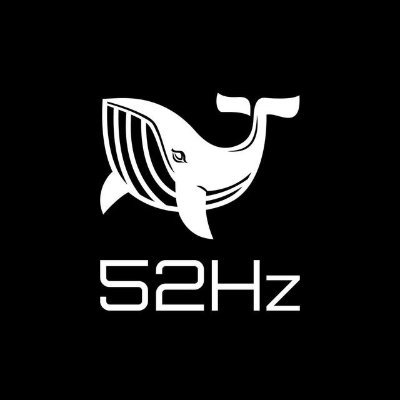
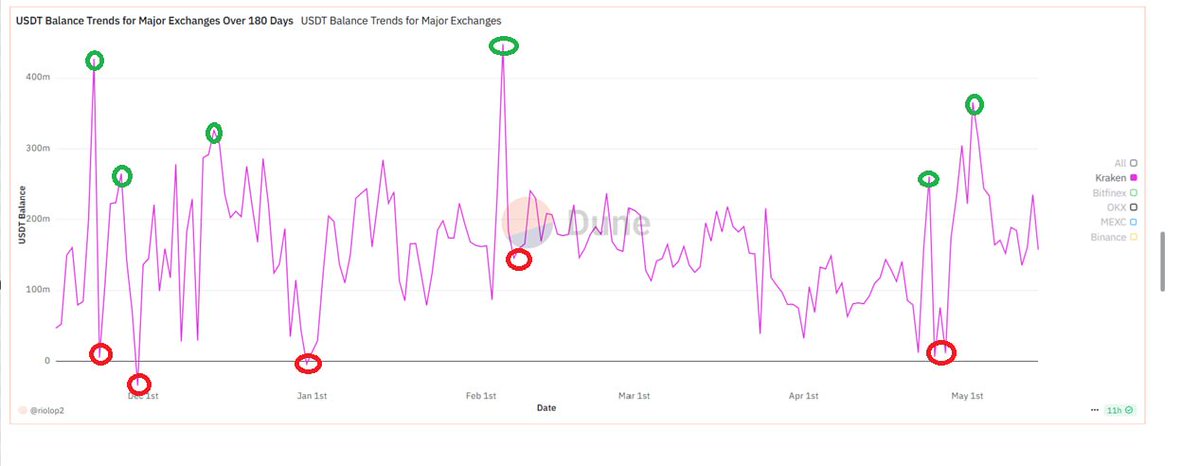
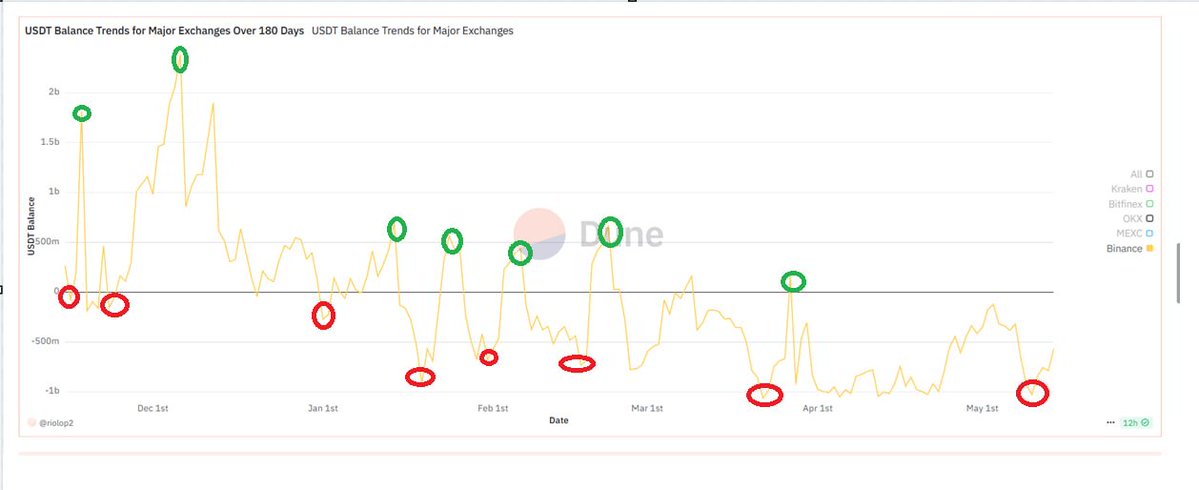



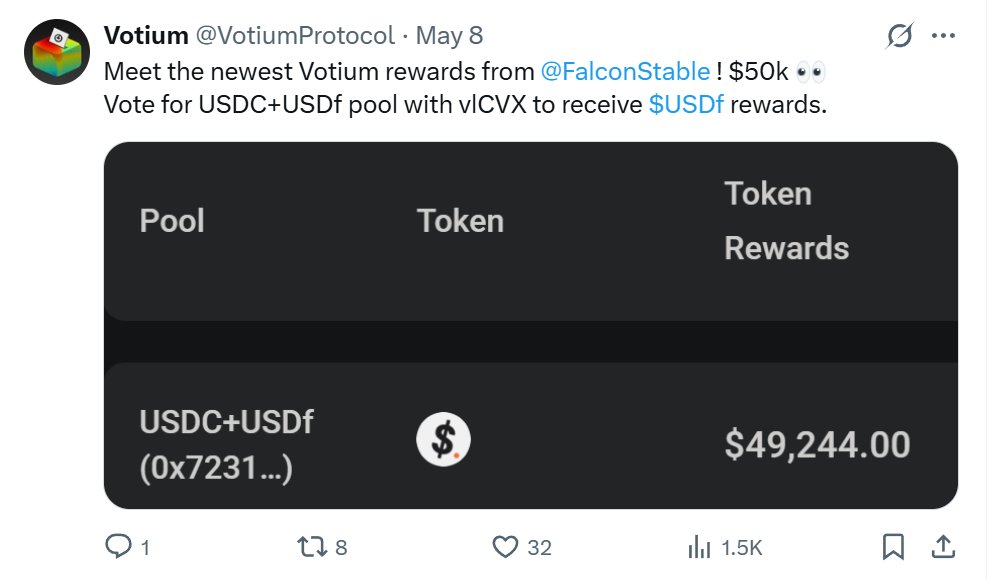

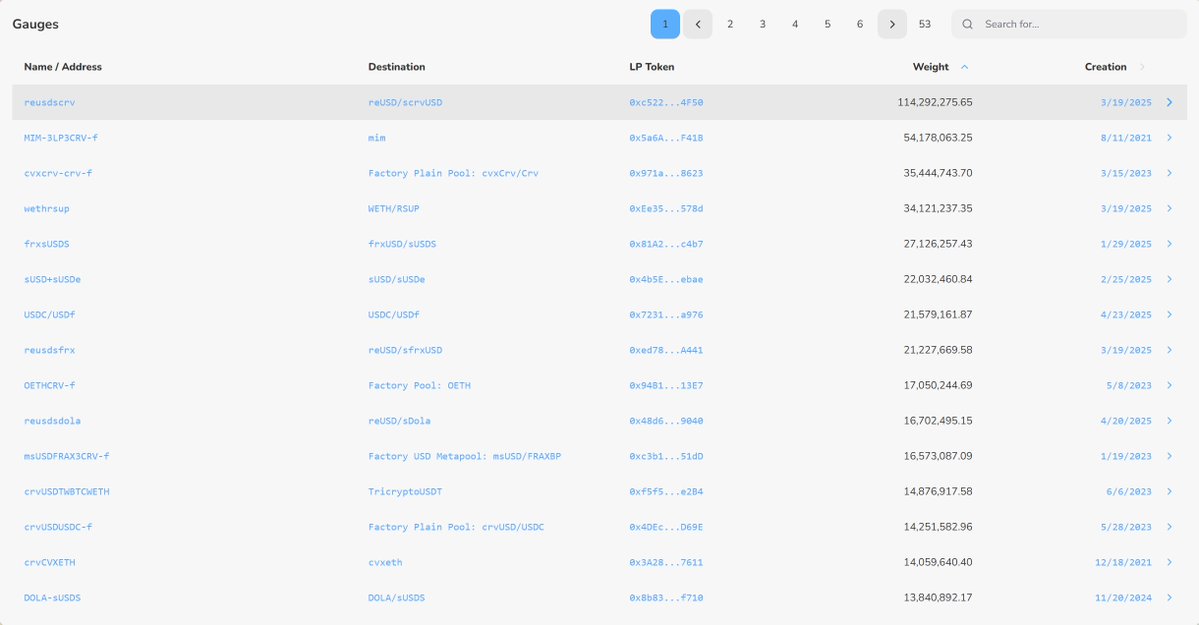



ATH calculator


Aethir price performance in USD
Popular Aethir conversions
| 1 ATH to USD | $0.051330 |
| 1 ATH to EUR | €0.045841 |
| 1 ATH to PHP | ₱2.8613 |
| 1 ATH to IDR | Rp 848.99 |
| 1 ATH to GBP | £0.038649 |
| 1 ATH to CAD | $0.071691 |
| 1 ATH to AED | AED 0.18854 |
| 1 ATH to VND | ₫1,330.83 |
About Aethir (ATH)
- Official website
- White Paper
- Block explorer
Aethir FAQ
Aethir offers a decentralized GPU computing platform. Through this platform, Aethir delivers compute that powers various use cases in AI and gaming.
In AI, NVIDIA H100 GPUs are currently the strongest available GPUs for AI inference, machine learning, and large language model (LLM) training. Aethir has thousands of H100s in its roster and tens of thousands additional top-shelf GPUs. Aethir’s H100s are the leading force of Aethir’s GPU-as-a-service network. Thanks to our ample supply of H100s, Aethir can power even the most demanding AI clients efficiently. Our H100s are distributed globally, allowing Aethir to provide enterprises with the best available GPU resources worldwide.
In the gaming side, Aethir’s strengths shines through providing strong compute with high enough speed to power cloud gaming on mobile phones for thousands of players globally. Aethir also powers cloud smart phone services, such as APhone, the first web3 cloud phone, which has tens of thousands of users.
Monitor crypto prices on an exchange
ESG Disclosure
ATH calculator



















Socials